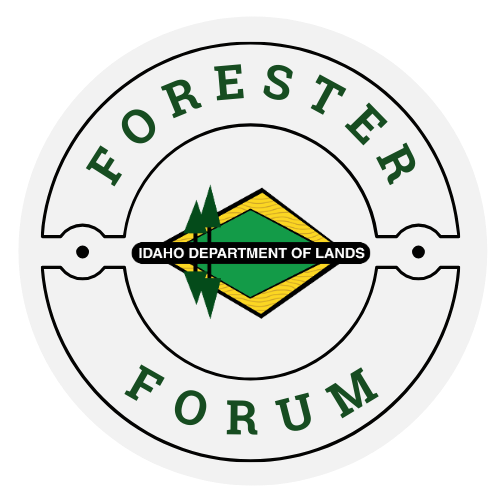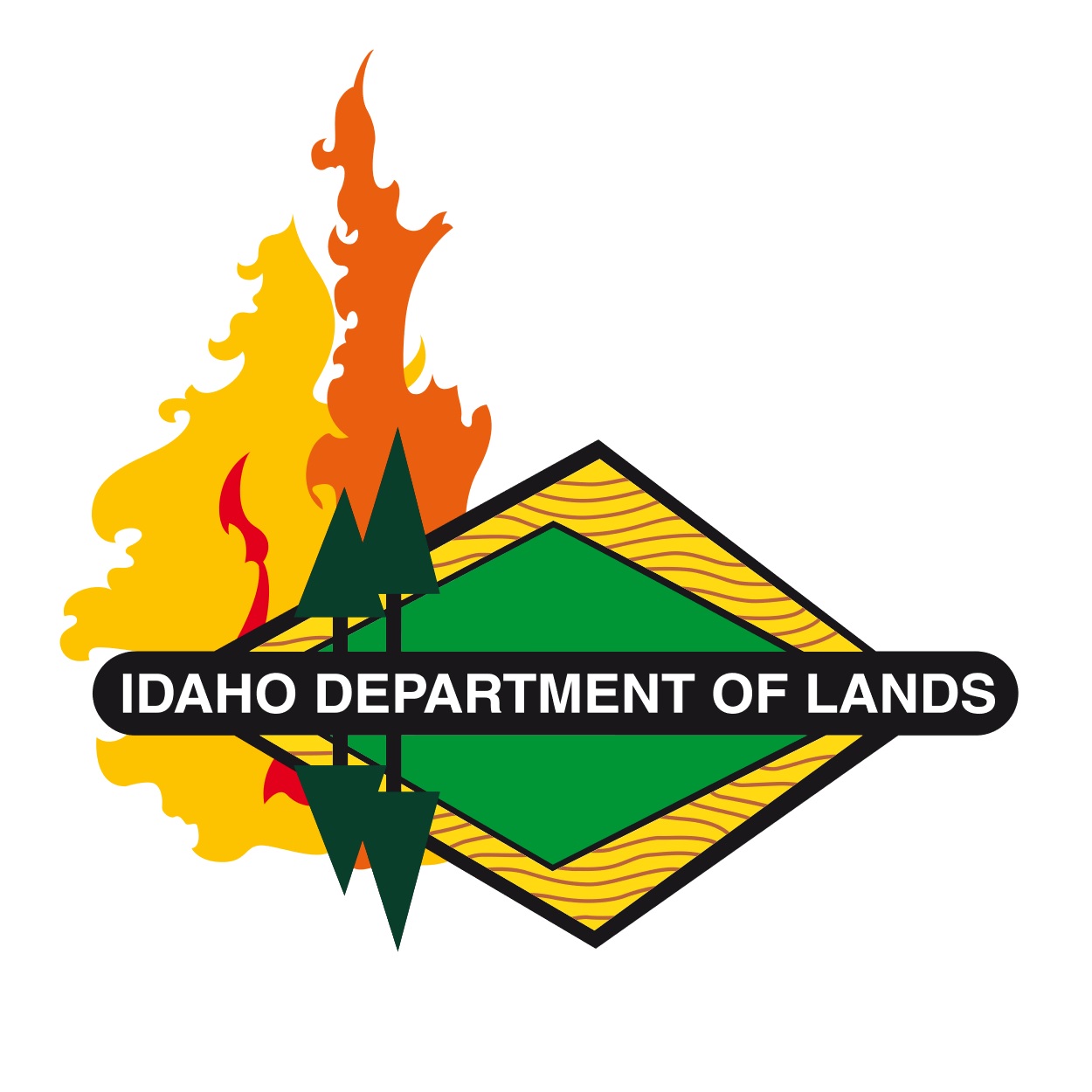Planning a Timber Harvest

Planning a Timber Harvest
Informed family forest landowners know you can harvest trees, make a profit and still have a healthy thriving woodlot that looks good. Sound impossible? Well the truth is a forest can be improved with a successful timber harvest. Planning is the key and good planning depends on making good decisions. You don’t have to know everything about forestry to plan a successful harvest, but you do need to be informed. When preparing a timber harvest, answer the following questions:
What do I have?
The foundation for any plan is laid with this information. Determine the age, species composition, volume, value and health of your timber. Identify non-timber resources such as roads, streams, wildlife habitat, or scenic areas. Recognize land forms and soil types which require specialized logging systems or may preclude logging altogether. In other words, really get to know your woodlot.
What does my woodlot need?
Determining what you have often answers this question. Silvicultural prescriptions should be designed to benefit the existing stand’s health or regenerate a new forest. Learn to recognize insect and disease problems and the need for salvage work, thinning or planting. Identify transportation and access needs such as road repair, culvert installation, erosion control and additional road construction. Consider how to protect streams, wildlife and scenic areas. Plan logging that will improve your woodlot, not merely remove timber.
What do I want?
Blend your economic and long term management dreams with reality. Understand what you are trying to accomplish and weigh the costs and ramifications of doing it. Set goals. Know what you want and be able to explain it. Make your logger see your vision and maintain constant communications with him. Plan to write a timber harvest contract that will communicate and protect your desires.
Do I need professional input?
YES! To do things right you need a botanist, economist, timber cruiser, entomologist, pathologist, engineer, hydrologist, ecologist, wildlife specialist and landscape architect. In a pinch, a forester will do. Foresters with the Idaho Department of Lands offer services without charge. Although their time and services are limited, it’s a good idea to start with these people. They can highlight problems, potentials, and values, write management plans and help locate a logger or consultant. For a fee, private consulting foresters can do much more, such as surveying, cruising, marketing, administer the job, and more. Industry foresters and logging contractors sometimes have woodlot programs or offer advice. Remember, there is safety in an abundance of counselors.
Good planning is an essential part of a successful harvest. In fact, planning is more than half the job.
Invest the time and resources necessary to make good decisions about your woodlot.

